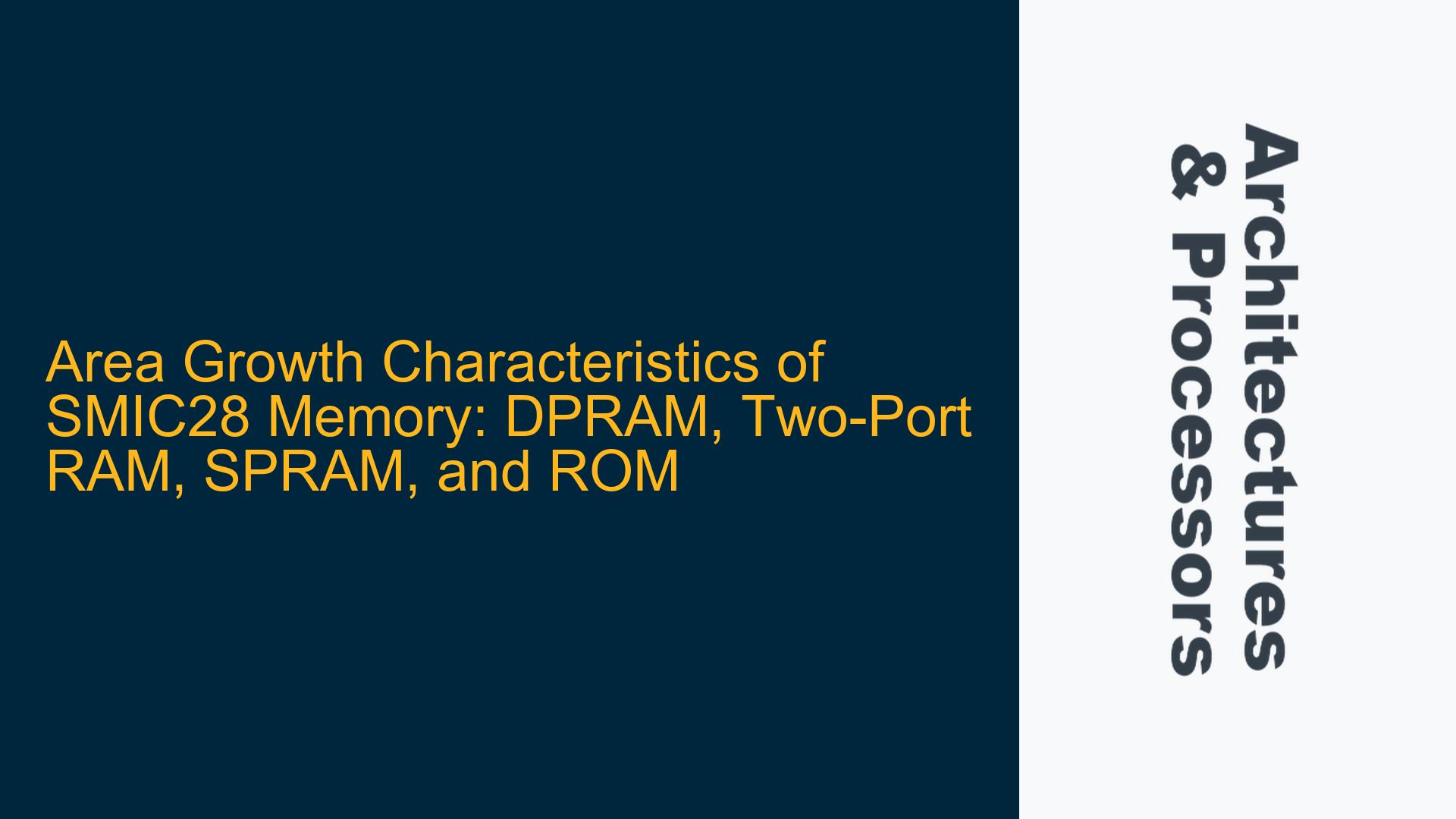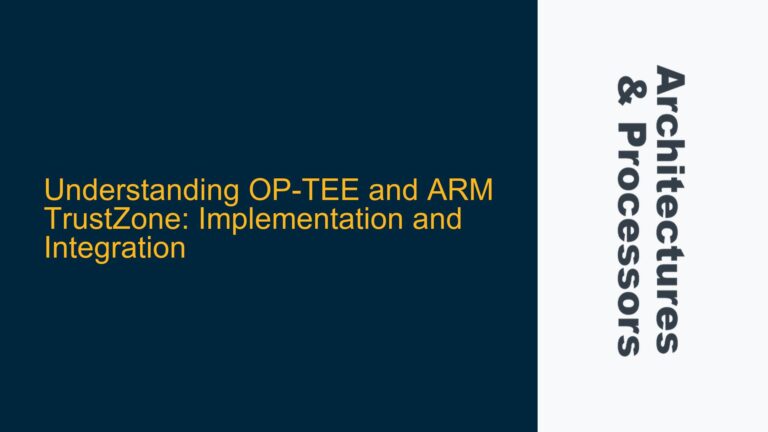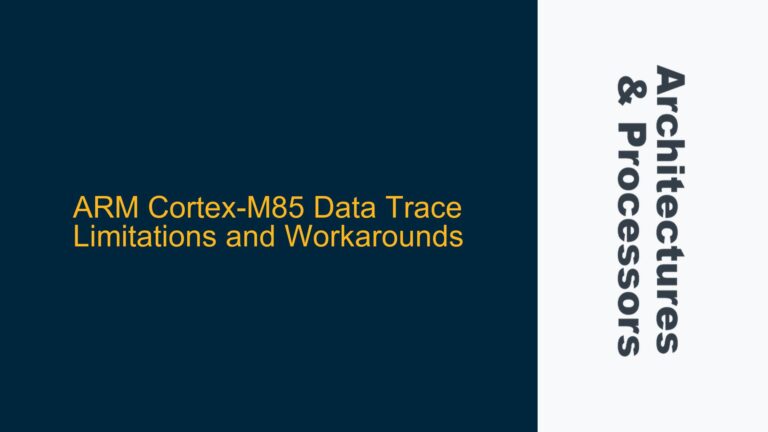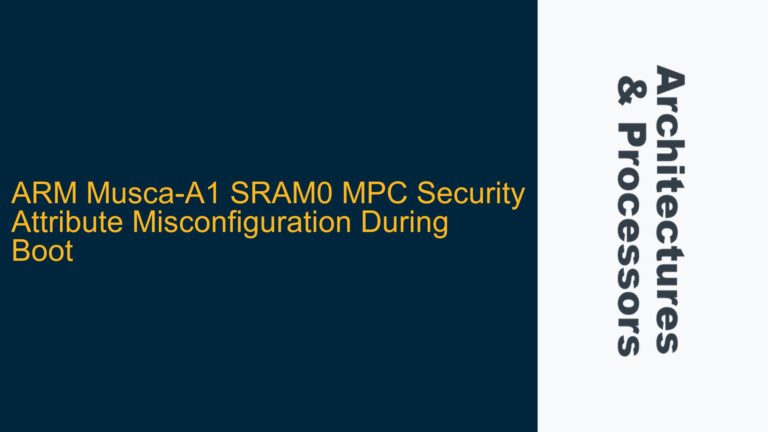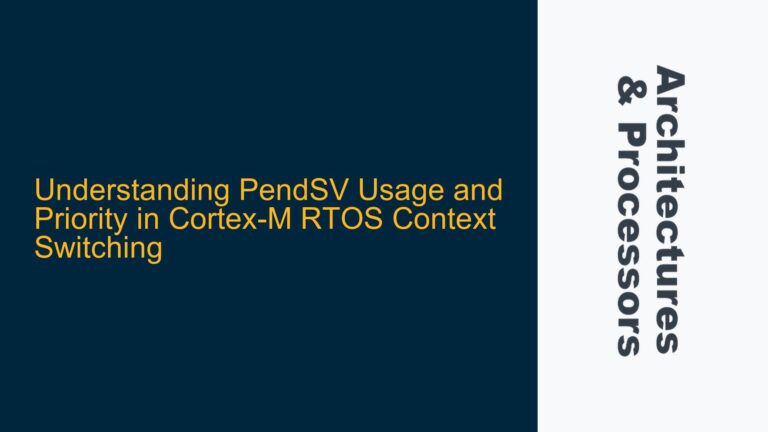Understanding the Impact of Bit Width and Depth on SMIC28 Memory Area
When designing memory structures such as DPRAM (Dual-Port RAM), Two-Port RAM, SPRAM (Single-Port RAM), and ROM in SMIC28 technology, understanding the relationship between bit width, depth, and area is crucial. The area of a memory block is influenced by both the bit width and the depth, but the impact of each parameter varies depending on the memory type and the underlying technology.
In general, the area of a memory block increases with both bit width and depth, but the rate of increase is not linear. For a given memory capacity, increasing the depth while keeping the bit width constant typically results in a larger area compared to increasing the bit width while keeping the depth constant. This is because deeper memories require more address decoding logic and more complex control circuitry, which contribute to area growth. On the other hand, increasing the bit width primarily affects the data path and the number of sense amplifiers, which also contribute to area growth but to a lesser extent compared to depth.
The threshold for area growth is not fixed and depends on the specific memory type and the technology node. For example, in SMIC28 technology, the area growth threshold for a 1KB RAM might be different from that of a 64KB RAM. Typically, the area growth rate accelerates beyond certain thresholds, such as when the depth exceeds 1024 words or when the bit width exceeds 64 bits. These thresholds are influenced by the underlying memory architecture, including the organization of memory cells, the complexity of the address decoder, and the routing of data lines.
Factors Influencing Area Growth When Doubling Memory Capacity
Doubling the capacity of a memory block, whether it is DPRAM, Two-Port RAM, SPRAM, or ROM, generally results in an increase in area. However, the relationship between capacity and area is not strictly linear due to several factors, including the overhead associated with control logic, address decoding, and routing.
When the capacity of a memory block is doubled, the area typically increases by a factor of less than two. This is because some components of the memory, such as the control logic and the peripheral circuitry, do not scale linearly with capacity. For example, the address decoder might need to handle more address lines, but the increase in complexity is not proportional to the increase in capacity. Similarly, the routing of data lines and the organization of memory cells might introduce additional overhead that does not scale linearly.
The exact threshold for area growth when doubling capacity depends on the specific memory type and the technology node. In SMIC28 technology, the area growth threshold for doubling the capacity of a 1KB RAM might be different from that of a 64KB RAM. Typically, the area growth rate accelerates beyond certain thresholds, such as when the capacity exceeds 32KB or when the bit width exceeds 128 bits. These thresholds are influenced by the underlying memory architecture, including the organization of memory cells, the complexity of the address decoder, and the routing of data lines.
Optimizing Memory Area in SMIC28 Technology: Strategies and Best Practices
To optimize the area of memory blocks in SMIC28 technology, designers can employ several strategies and best practices. These include careful selection of memory type, bit width, and depth, as well as the use of advanced memory compression techniques and efficient routing strategies.
First, selecting the appropriate memory type is crucial. For example, DPRAM and Two-Port RAM are more area-intensive compared to SPRAM and ROM due to the additional circuitry required to support multiple ports. Therefore, if the application does not require simultaneous access from multiple ports, using SPRAM or ROM can result in significant area savings.
Second, optimizing the bit width and depth can help minimize area growth. For a given memory capacity, increasing the bit width while reducing the depth can result in a smaller area compared to increasing the depth while reducing the bit width. This is because deeper memories require more complex address decoding and control logic, which contribute to area growth. Therefore, designers should aim to balance bit width and depth to achieve the desired capacity while minimizing area.
Third, advanced memory compression techniques can be employed to reduce the area of memory blocks. These techniques include data compression, which reduces the number of bits required to store data, and memory folding, which reduces the number of memory cells by reusing them for multiple data words. These techniques can result in significant area savings, especially for large memory blocks.
Finally, efficient routing strategies can help minimize the area overhead associated with data lines and address lines. This includes the use of hierarchical routing, which reduces the length of data lines by organizing memory cells into smaller sub-blocks, and the use of advanced routing algorithms, which minimize the number of data lines required to connect memory cells.
In conclusion, understanding the impact of bit width, depth, and capacity on the area of memory blocks in SMIC28 technology is crucial for optimizing memory area. By carefully selecting memory type, optimizing bit width and depth, employing advanced memory compression techniques, and using efficient routing strategies, designers can achieve significant area savings while meeting the performance and capacity requirements of their applications.
